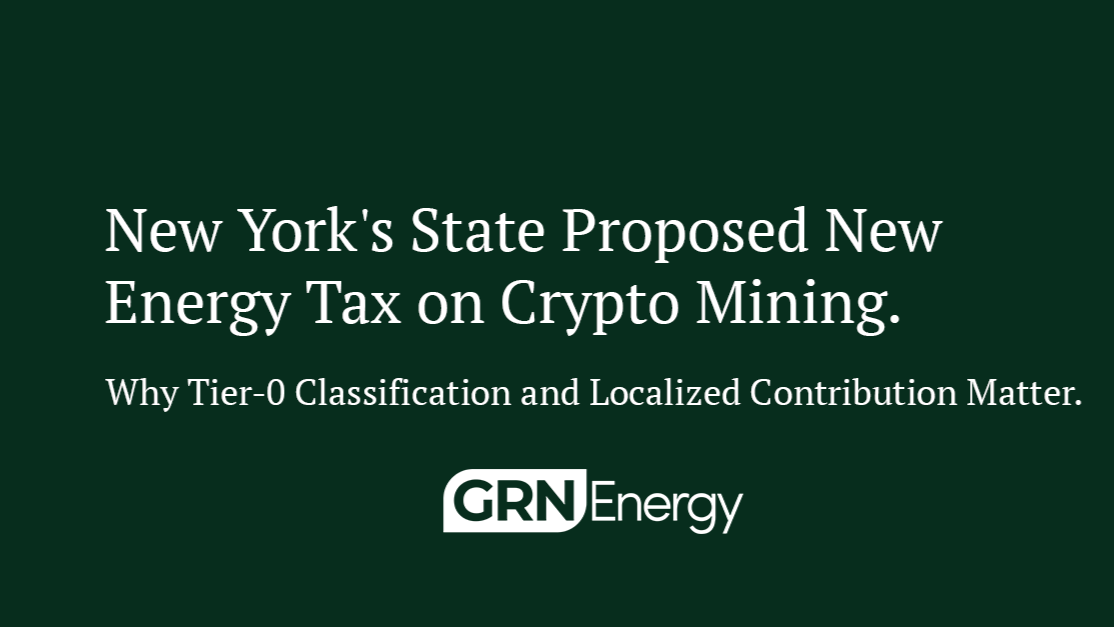Headlines such as “Bitcoin (BTC) uses as much electricity as a whole country” are common nowadays. The cryptocurrency is secured with so-called miners that solve complex mathematical problems. In return, miners receive bitcoins, and the world gets a fully decentralized financial system to store and send value across the globe. However, many don’t see another positive impact Bitcoin can have in the future.
That Bitcoin uses a lot of electricity is no secret. Encrypting transaction data and adding it to a database based on blockchain technology is energy-intensive but makes Bitcoin a network insusceptible to outside attacks or manipulation. However, having such a database in a decentralized form is a complex task. For example, the network has to autonomously decide who is the next miner that may add data to the blockchain.
Now, the actual value of such a network might not be evident for everyone. But it is important to remember that Bitcoin is a decentralized network that lets you send value across the globe with the same certainty as physically giving a €10 bill to someone. On top of that, over the years, fewer bitcoins will be mined due to the underlying protocol. This monetary policy makes bitcoin more likely to retain its value over time, especially compared to fiat currencies created out of thin air. So while bitcoin miners use a lot of energy, the unbanked in this world can securely store their value in digital form, businesses will be able to do business online more securely, and people, in general, will be able to save money more fairly without governments or banks interfering.
Bitcoin can speed up energy transition
Now that we have shown you some of the primary reasons why Bitcoin has value, we can move on to an exciting use-case for the cryptocurrency. The discussion about global warming and the transition to renewable energy sources is in full swing. And often, Bitcoin is regarded as the bogeyman due to its high energy consumption. But Bitcoin may form the solution to problems that renewable energy powerplants have to deal with.
The wind doesn’t always blow, and the sun doesn’t always shine. On the other hand, people don’t always use as much energy throughout the day. Therefore, energy suppliers have to deal with high fluctuations of energy productions and consumption. This makes building and maintaining renewable plants not as cost-effective as there is uncertainty. While a lot of energy may be produced on a sunny day, buyers do not buy this energy during off-peak hours. This leads to the suppliers trying to sell the electricity at a discount or even giving it away for free.
But what if we simply connect a bitcoin miner to this plant? During these off-peak hours, the miner can use the surplus electricity to mine bitcoins and help maintain this decentralized financial network. Running a renewable power plant will become more stable this way, and it isn’t unsurprising to see more and more facilities using this technique. Eventually, combining these plants with mining will make renewable energy sources more cost-effective, accelerating their development and thus accelerating the transition to a world with more renewable energy sources! Read an interesting take on this case in this article by Mike Palmer.
By Editorial Team of GRN Energy. Please read our article also on Linkedin.









